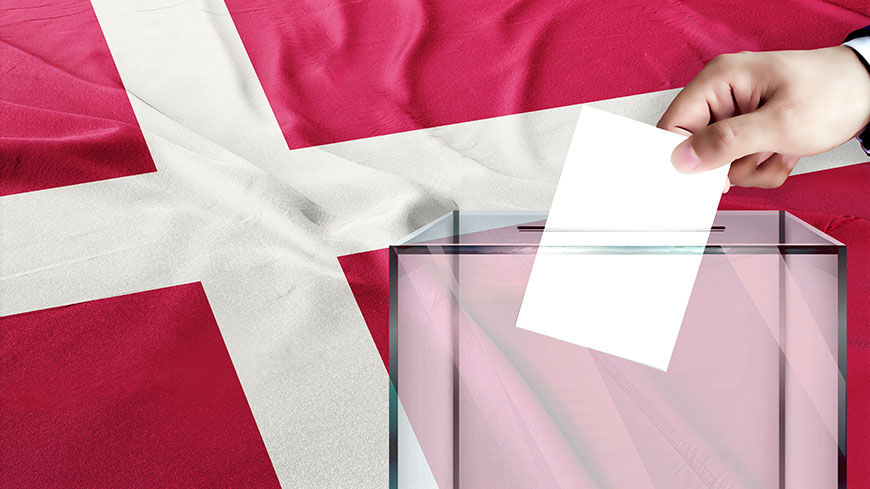Denmark’s most decisive election for many years on November 1 st , triggered by the Social
Liberal’s threat to topple the government with a vote of no confidence, proved nonetheless
successful for the left-wing bloc led by the Social Democrats, winning 90 of the parliament’s
179 seats. Although the Social Democrats ran its campaign proposing a broad-based coalition
of left-leaning and centrists parties it now finds itself in a position to form a government on
its own. Nevertheless, it’s sticking to its election guns and is determined on a broad cross-
party coalition, to the ire of its allied left-wing parties – the Red-Green Alliance and The
Alternative.
The two right of centre parties, until now the leaders of the ‘blue bloc’, the Conservatives and
the Liberals, suffered major losses and influence in this election, as did The Danish People’s
Party, the once darling of the far right, their voters preferring the Moderates (2022), whose
liberal leader’s keen expectations of being ‘kingmaker’ in a hung parliament are now dashed;
and the ultra right parties, the most xenophobic of which is the recently formed Denmark’s
Democrats (2022), led by Inger Støjberg, a former Liberal immigration minister, removed
from parliament for criminal breach of parliamentary regulations and human rights violations
(2021), and the New Right (2015), on a programme of ultra-liberal economic and strict anti-
immigration policies. On the rise and attracting the youthful is the more classical libertarian
Liberal Alliance (2007), on a platform of low taxation and ‘competitive’ welfare.
Of interest in this election are voters fleeing the centre right for the far right, a swing that
would place Denmark dangerously close politically to its neighbours across the Sound. The
Social Democratic led government lost its majority in Sweden’s general election on 11th
September, leading for the first time ever to a far-right party, Sweden’s Democrats, having
direct impact on government policy. This march towards fascism was repeated in Italy on the
25h September with the neo-fascist Brothers of Italy winning an absolute majority in the
Italian parliament.
Jitters hardly describe what voters in Denmark were feeling when a general election was
called here on the 5 th October. In some respects, the fact of fascism raising its ugly head again
in Europe, Denmark included, may account for the high turnout among left-leaning voters
here determined to arrest its march. Worrying and less easy to explain is the flight of
traditionally conservative and liberal party voters towards the far right.
Even with its slight majority there’s no room for complacency within the ‘red bloc, as the PM
ploughs ahead determined on a cross-party coalition with all parties, including the far-right.
The Social Democratic Party’s curious strategy at this time has to be seen against the
background of a tradition of consensus politics in Denmark, and Scandinavia generally, on
issues, stopping short of coalition.
And, not everyone is convinced of the PM’s stated purist coalition intentions– namely, that in
a time of national crisis (galloping inflation, an energy emergency, a war in Europe) the
nation needs inclusivity. Surely it’s a bad idea to invite your opposition into government
when you don’t need them to govern effectively? This formal coalition, even if led by the
social democrats, cannot deliver welfare improvements if forced to make concessions to the
right, especially when pressurised by the ultras whose stated aim is to destroy the welfare
state. The more sceptical see it as an attempt to unite the social democrats with the losing
moderate right wing to create a ‘bluish’ centrist administration thus effectively sidelining
both their left-wing allies along with the far right.






